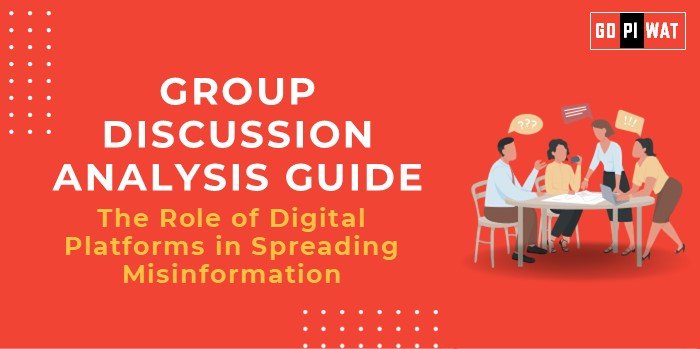📲 The Role of Digital Platforms in Spreading Misinformation
🌟 Introduction to the Topic
In today’s hyperconnected world, digital platforms are indispensable for communication, commerce, and education. However, they have also emerged as powerful vectors for misinformation, influencing public opinion and societal harmony globally.
Misinformation on digital platforms has grown exponentially with increasing internet penetration and social media usage. Events like the COVID-19 pandemic and political elections have exposed vulnerabilities in information integrity. Nations worldwide are grappling with the societal and economic impacts of this phenomenon.
📊 Quick Facts and Key Statistics
- 🌍 Internet Users Worldwide: 5.18 billion in 2024 – a vast audience vulnerable to misinformation.
- 💸 Misinformation Cost: $78 billion annually to the global economy (Economic Intelligence Unit, 2023).
- 📱 Social Media Engagement: 71% of users encounter fake news at least once weekly (Statista, 2024).
- 🎥 Deepfake Videos: Predicted to constitute 90% of online content by 2030 (Gartner, 2023).
🤝 Stakeholders and Their Roles
- Governments: Formulate and enforce regulations, invest in digital literacy programs, and collaborate internationally.
- Social Media Companies: Develop algorithms to flag fake content, partner with fact-checkers, and promote transparency.
- Citizens: Cultivate critical thinking and verify sources before sharing.
- NGOs and Fact-Checking Organizations: Act as watchdogs by verifying and debunking fake news.
✅ Achievements and Challenges
🏆 Achievements
- Fact-Checking Initiatives: Organizations like Poynter Institute verify viral claims, reducing misinformation impact.
- Legislation Success: Countries like Germany enforce laws (e.g., NetzDG) against online hate and misinformation.
- Platform Features: Facebook and Twitter tagging misinformation and blocking fake accounts show progress.
⚠️ Challenges
- Algorithmic Bias: Automated moderation often fails to detect nuanced misinformation.
- Echo Chambers: Personalized content reinforces existing biases.
- Cross-Border Regulation: Misinformation spread across jurisdictions complicates governance.
🌍 Global Comparisons
- Estonia: Digital literacy programs integrated into school curriculums.
- Singapore: Strict online media laws ensure misinformation is swiftly countered.
💡 Structured Arguments for Discussion
- Supporting Stance: “Digital platforms amplify information, and misinformation spread is a collateral challenge solvable through AI and policy reforms.”
- Opposing Stance: “Digital platforms, driven by profit, prioritize engagement over truth, deepening misinformation.”
- Balanced Perspective: “While platforms contribute to misinformation, partnerships between governments, companies, and users can mitigate risks.”
🎯 Effective Discussion Approaches
- Opening Approaches:
- 📊 Statistical Insight: “Over $78 billion is lost annually due to misinformation—can platforms afford to ignore this?”
- 📚 Case-Based Introduction: “The 2020 US elections saw significant voter manipulation through misinformation.”
- Counter-Argument Handling:
- Acknowledge limitations (e.g., user education).
- Propose realistic solutions (e.g., independent audits of platform algorithms).
📈 Strategic Analysis of Strengths and Weaknesses
- Strengths: Global reach for accurate information dissemination, real-time updates during crises.
- Weaknesses: Virality of fake news, inadequate regulatory frameworks.
- Opportunities: Leveraging AI for content moderation, public-private collaborations.
- Threats: Cybersecurity risks, declining public trust in digital platforms.
🎓 Connecting with B-School Applications
- Real-World Applications: Marketing ethics in digital campaigns, policy-making for misinformation regulation.
- Sample Interview Questions:
- “What role should social media play in combating misinformation?”
- “Evaluate the ethical responsibilities of businesses in tackling fake news.”
- Insights for Students: Critical examination of digital marketing strategies, integration of AI in ethical business practices.


